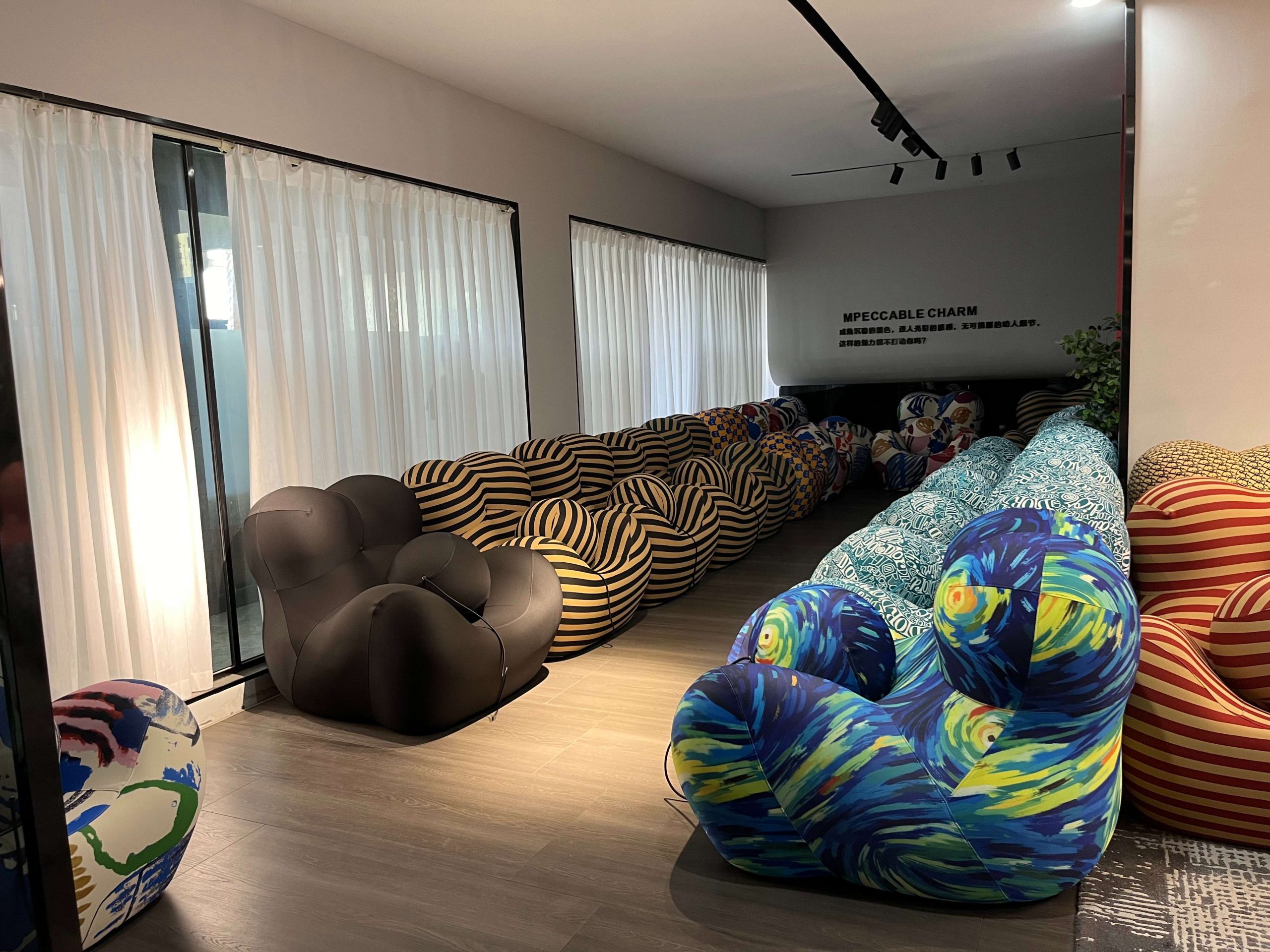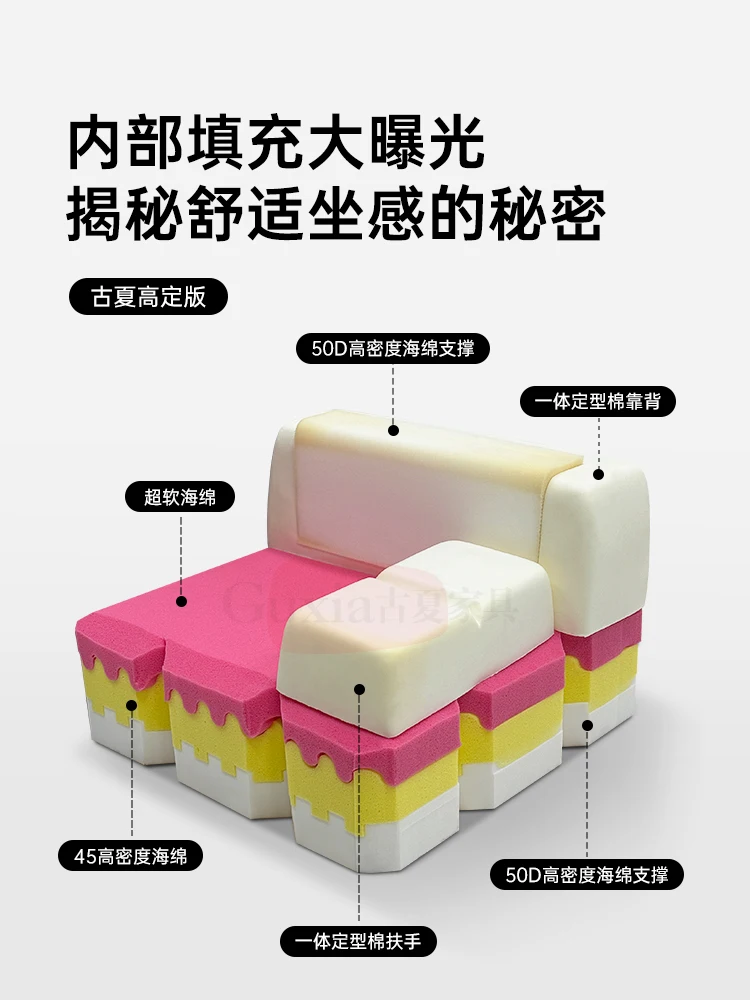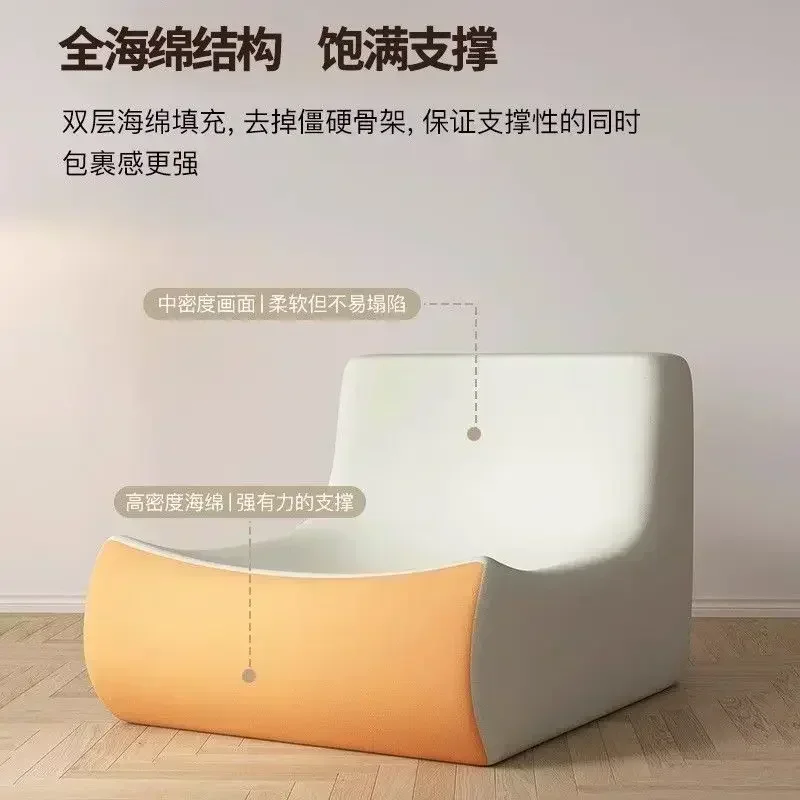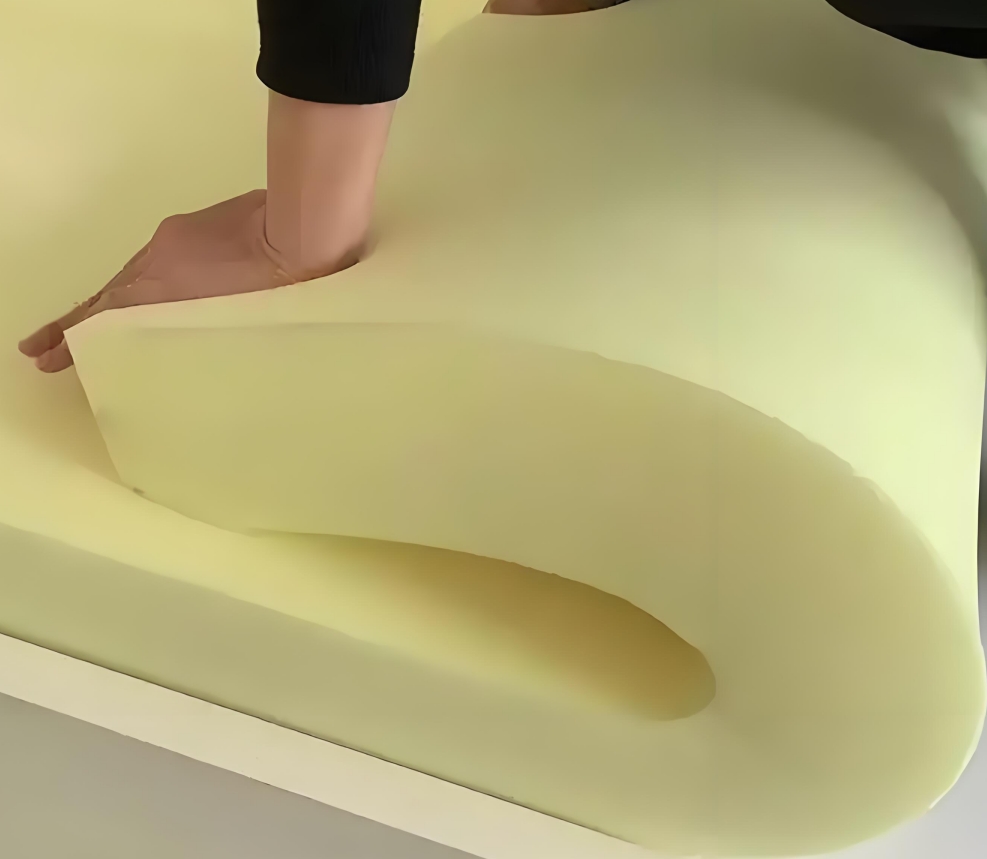Maximize Space, Minimize Hassle
How to Measure Foam Density
Foam density is a critical property that determines many of the characteristics and performance attributes of foam materials. In practical applications, particularly in the furniture and bedding industries, foam density is commonly understood as the weight of foam material per cubic foot.
While the common definition often uses weight, which is the force exerted by gravity on mass, it’s important to note that the scientific definition of density is actually mass per unit volume. This distinction is important to keep in mind when working with foam density measurements.
Foam Density Measurement Units
To fully grasp foam density, it helps to understand the units of measurement used to express it. Foam density is primarily expressed in two main units:
1. Pounds per cubic foot (PCF): This is the most common unit, especially popular in the furniture and bedding industries. One PCF directly represents the weight (in pounds) of a foam sample with a volume of one cubic foot. For example, if a foam sample weighs 1.8 pounds and has a volume of 1 cubic foot, its density would be 1.8 PCF.
2. Kilograms per cubic meter (kg/m³): This unit is more commonly used internationally and in materials science, especially for packaging foams such as Ethylene-Vinyl Acetate (EVA) and Expanded Polyethylene (EPE). Kilograms per cubic meter represent the mass (in kilograms) of a foam sample with a volume of one cubic meter. As an example, if a foam sample has a mass of 28.8 kg and a volume of 1 cubic meter, its density would be 28.8 kg/m³.
To facilitate comparison and understanding in different contexts, it is often necessary to be able to convert between these two units. The conversion factor is approximately 1 pound per cubic foot (PCF) equivalent to 16.02 kilograms per cubic meter (kg/m³). So a foam with a density of 1.8 PCF would have a density of about 28.8 kg/m³ (1.8 x 16.02 = 28.836).
Measuring Foam Density
Now that we understand what foam density is and how it’s expressed, let’s dive into the actual methods for measuring it. The approach will depend on whether you’re working with a regularly shaped foam sample or one with an irregular shape.
Regular Foam
For rectangular blocks, cylinders, and other regularly shaped foam samples, the most basic method to determine foam density involves directly measuring the mass (or weight) and volume of the sample. This aligns with the fundamental definition of density as mass per unit volume. Here’s how to do it:
1. Carefully measure the physical dimensions of the sample using calipers:
– For a rectangular block, measure the length, width, and height
– For a cylinder, measure the radius and height
2. Calculate the volume using the relevant geometric formulas:
– Rectangular block volume = length x width x height
– Cylinder volume = πr²h (where r is the radius and h is the height)
3. Weigh the foam sample using a calibrated scale or balance. Make sure the units match your target density unit:
– For kg/m³, measure mass in grams and convert to kg; volume should be in m³
– For PCF, weight should be in pounds and volume in cubic feet
4. Calculate density by dividing the weight/mass by the volume
For example, let’s say we have a rectangular foam block that measures 12 inches long, 12 inches wide, and 6 inches tall. Its weight is 0.45 pounds.
– Volume = 12″ x 12″ x 6″ = 864 cubic inches = 0.5 cubic feet (since 1 ft³ = 1728 in³)
– Weight = 0.45 pounds
– Density = 0.45 lbs ÷ 0.5 ft³ = 0.9 PCF
Some additional tips to keep in mind:
– The outer “skin” of the foam may sometimes be denser than the interior. For an accurate core density measurement, remove this skin.
– Try to cut samples as squarely and precisely as possible to minimize errors when measuring dimensions.
Irregularly Shaped Foam
For foam samples without regular geometric shapes, directly measuring dimensions can be challenging. In these cases, the water displacement method provides an alternative way to determine volume. This clever technique is based on Archimedes’ principle, which states that an object submerged in a fluid displaces a volume of fluid equal to the volume of the object.
Here are the steps to use the water displacement method:
1. Fill a graduated cylinder or other suitable container with a known volume of water. Carefully record the initial water level.
2. Gently immerse the irregularly shaped foam sample in the water, ensuring complete submersion. For low-density foams that tend to float, you may need to use small weights or sinkers to keep the sample fully underwater.
3. After submerging the foam, record the new water level. Be sure to read from the bottom of the meniscus for accuracy.
4. Calculate the volume of the foam sample by determining the difference between the final and initial water levels. This difference represents the volume of water displaced, which equals the volume of the foam sample.
5. Separately weigh the foam sample using a calibrated scale or balance.
6. Calculate the foam’s density by dividing the foam’s weight (or mass) by the volume obtained from the displacement method.
Let’s walk through an example. Say we have an odd-shaped piece of foam that weighs 96 grams. We fill a graduated cylinder to 400 mL, then submerge the foam. The water level rises to 460 mL.
– Volume = 460 mL – 400 mL = 60 mL = 60 cm³ = 0.00006 m³ (since 1 mL = 1 cm³ and 1 m³ = 1,000,000 cm³)
– Mass = 96 grams = 0.096 kg
– Density = 0.096 kg ÷ 0.00006 m³ = 1600 kg/m³
Common Foam Density Ranges
| Foam Type | Density Range (PCF) | Density Range (kg/m³) |
| Polyurethane Foam | < 1.5 (Low) | < 24 (Low) |
| 1.5-1.7 (Medium) | 24-27 (Medium) | |
| 1.7 (High) | 27 (High) | |
| Memory Foam | < 3 (Low) | < 48 (Low) |
3-5 (Medium) |
48-80 (Medium) | |
> 5 (High) |
> 80 (High) |
|
> 80 (High) |
~ 5.6 (High) | ~ 90 (High) |
| EPE (Packaging) | N/A | 18-28 (Typical) |
| N/A | 35+ (High) | |
| EVA (Packaging) | N/A | 33-280 |






